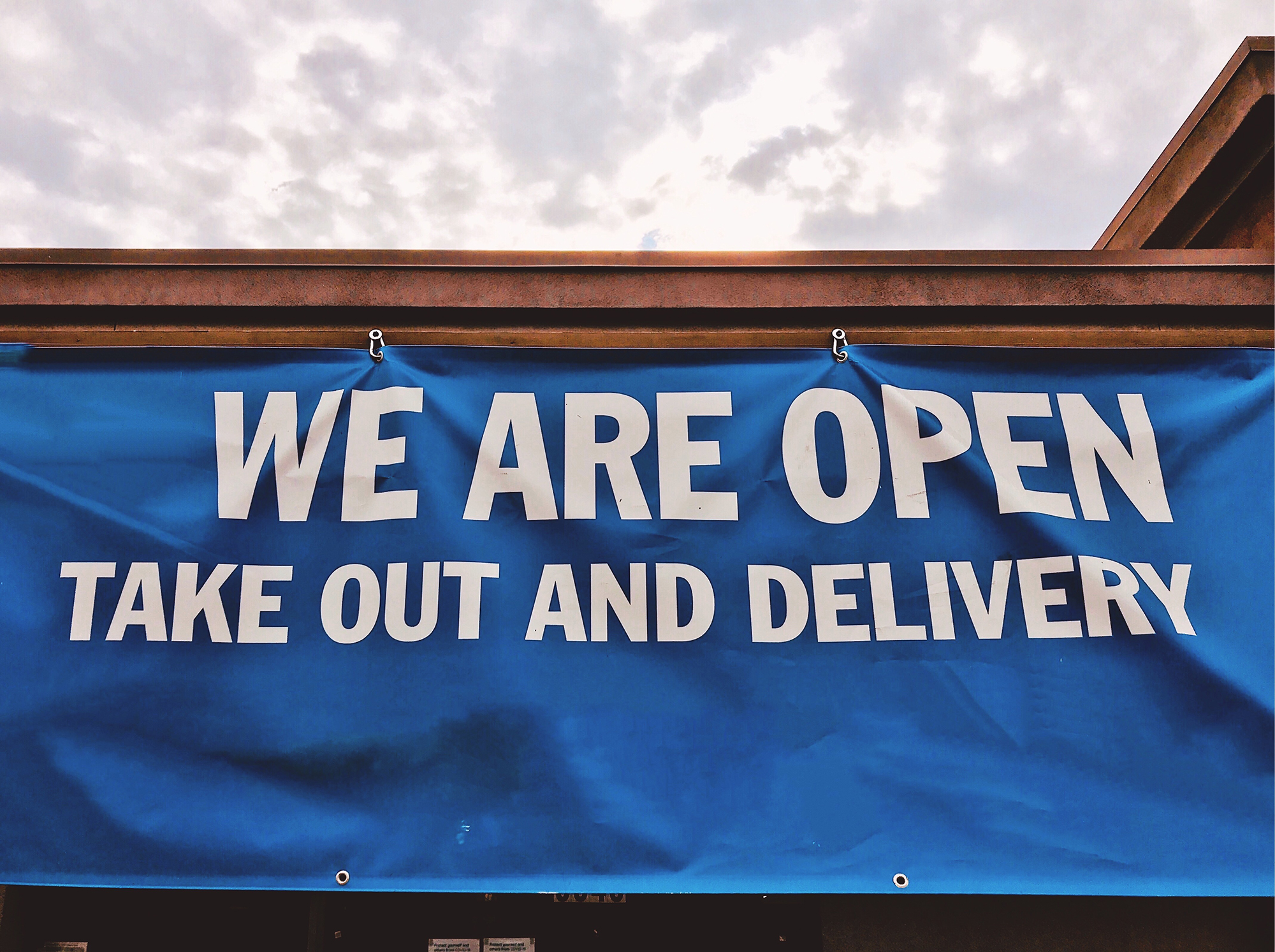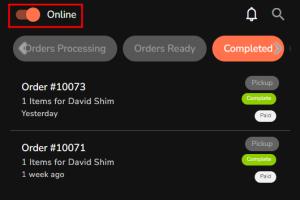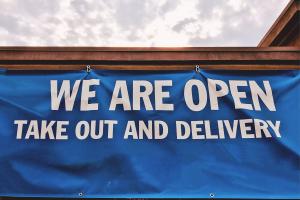
-
Demographics: Consider the local demographic, including the age, income, and interests of the residents, and make sure your menu and concept will appeal to them.
-
Accessibility to customer: Choose a location that is easily accessible by foot, car, and public transportation, with adequate parking facilities.
-
Accessibility to suppliers: Consider the location of your suppliers, and ensure that it is convenient and cost-effective to receive deliveries.
-
Competition: Research the area to see what other restaurants and food establishments are nearby, and consider how you can differentiate yourself from the competition.
-
Rent: Consider the cost of rent and other expenses associated with your location, including utilities and property taxes. Make sure you have a realistic budget and stick to it.
-
Licensing and zoning: Make sure the location meets local zoning and licensing requirements, and that you are able to obtain the necessary permits and licenses.
-
Foot Traffic: Consider the foot traffic in the area and make sure there is enough to sustain your business.
-
Parking: Consider the availability of parking, both for customers and for staff, and ensure that it meets local regulations.
Conducting market research, speaking to local business owners, and consulting with a real estate agent can also be helpful in finding the best location for your restaurant.

 Here are some tips to increase sales in a restaurant:
Here are some tips to increase sales in a restaurant:
 When hiring staff for a restaurant, here are some important f...
When hiring staff for a restaurant, here are some important f...













